Majority of working migrant wives have limited job security in Korea: research
#migrant_wives #job_insecurity #discrimination #intersectionality
More than half of employed foreign-born migrant wives in Korea work as either temporary or day laborers, while 9.5 percent of them work for free for their Korean in-laws’ businesses here, a study showed on Sunday.
The study, published in the latest edition of academic journal Gender Review, analyzed government data on 226,084 foreign-born women immigrants who married South Korean nationals.
The report found that 52.4 percent of all migrant wives were employed as of 2012, while 84.1 percent of them hoped to continue working or seek employment in the future.
However, most migrant wives who were in work faced a lack of job security, the study showed. While 35 percent of them worked as temporary workers, 18.9 percent of them were involved in day labor — meaning they were hired and paid one day at a time, with no promise to return. Also, 9.5 percent of them were doing unpaid work for their Korean in-laws, such as family farms or businesses.
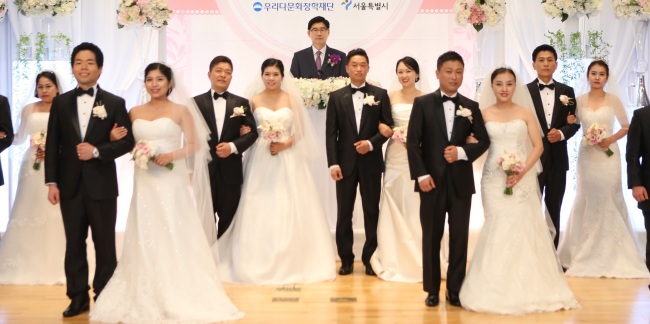 |
| A group wedding of South Korean men and their foreign-born brides, which was jointly financed by the Seoul Metropolitan Government and the Woori Bank, held earlier in Seoul this month. (Yonhap) |
The study showed that 65 percent of all working migrant wives’ monthly salaries ranged from 500,000 won ($439) to 1.5 million won ($1,318). At the same time, 17. 4 percent of them were making 500,000 won or less a month. Only 2.7 percent of them were making 2.5 million won a month or more. The average monthly salary of a university-educated, first-year Korean office worker is 1.9 million won, as of this year.
In terms of occupation type, the largest proportion of them, 30 percent, were engaged in simple labor such as cleaning or delivery. Another 23.9 percent were working in the service sector, followed by 13.6 percent who were factory workers.
Only 163 out of 119,922 working migrant wives were working in managerial positions, accounting for 0.1 percent.
The report also discovered that migrant wives who have a child aged 9 or younger, those who are married to low-earning Korean husbands, those who have experienced discrimination while living in Korea, and those who are from mainland China – excluding Hong Kong and Taiwan – were more likely to seek employment here.
Migrant wives with children aged 9 or younger were 92 percent more likely to be working than those who did not have children but were in the same age group, the report showed. Also, women from Hong Kong and Taiwan were 76 percent less likely to be working than those from mainland China.
Also, wives from Japan, the U.S., Russia, Uzbekistan and Cambodia also had a significantly lower likelihood of participating in the workfoce in Korea than women from mainland China.
Chinese-born, ethnic Korean women from mainland China accounted for the largest proportion of migrant wives by taking up 31.5 percent. One of the reasons behind their high employment rate has to do with their proficiency in the Korean language, researchers noted.
Researchers suggested the government come up with special job-training programs for migrant wives in low-earning households, especially those with young children.
“Language proficiency and education degrees would lead to higher-paying jobs,” the researchers said. “There should be ways for the mothers to get the education they want — while getting a degree may take a long time, it’s better for their career prospects in the long-run — while being able to raise their children with adequate support.”
As of 2012, those from China, including Chinese-born ethnic Koreans, accounted for 55.7 percent of all migrant wives in Korea, followed by those from Vietnam (22.1 percent) and the Philippines (6.3 percent). Almost 63 percent of them were aged 39 or younger, while 79.4 percent of them never attended post-secondary education. As of last year, 74.6 percent of all Korean high school girls enrolled in university.





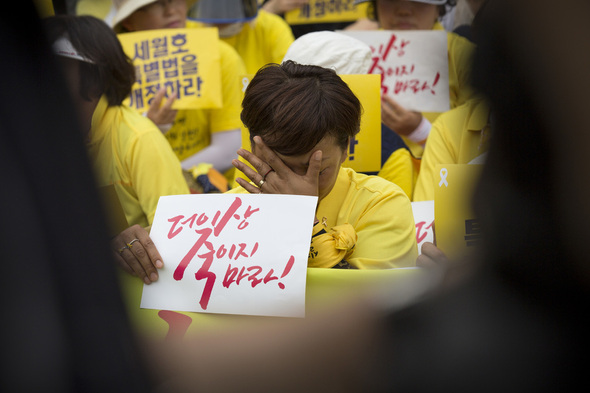

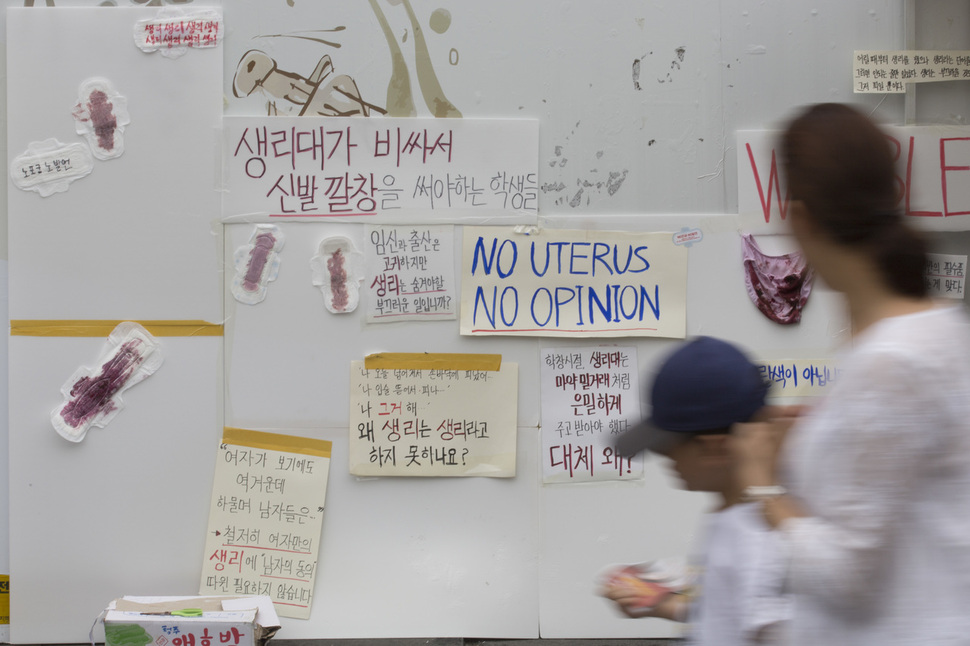
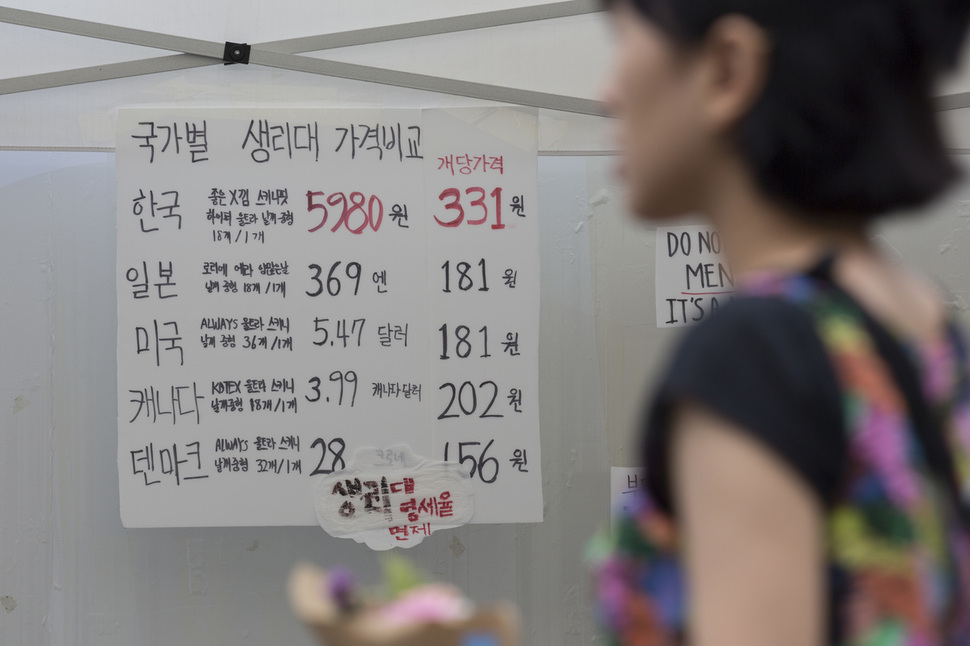
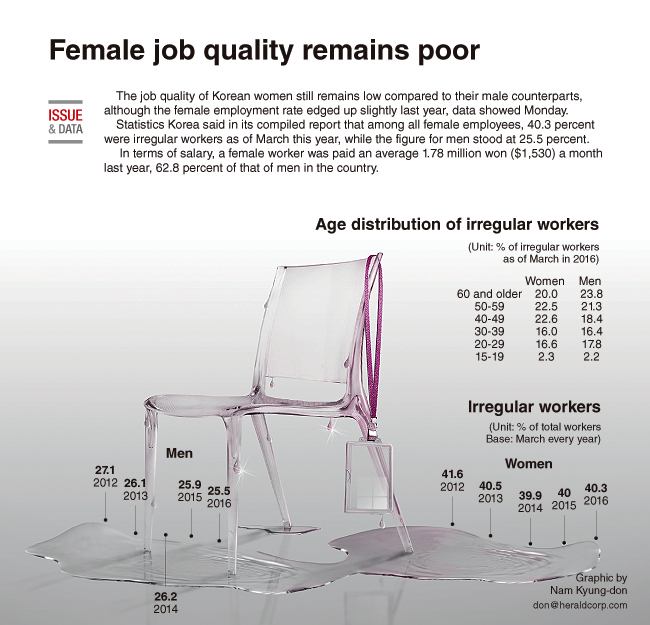
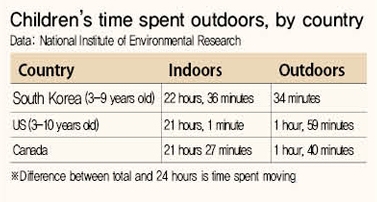

 “What’s the Use?” Atar Safdal, head of Oxy Reckitt Benckiser Korea bows and apologizes to the families of the victims of their humidifier sterilizer during a press conference at the Conrad Hotel in Yeouido, Seoul on the morning of May 2. Yi Jun-heon
“What’s the Use?” Atar Safdal, head of Oxy Reckitt Benckiser Korea bows and apologizes to the families of the victims of their humidifier sterilizer during a press conference at the Conrad Hotel in Yeouido, Seoul on the morning of May 2. Yi Jun-heon